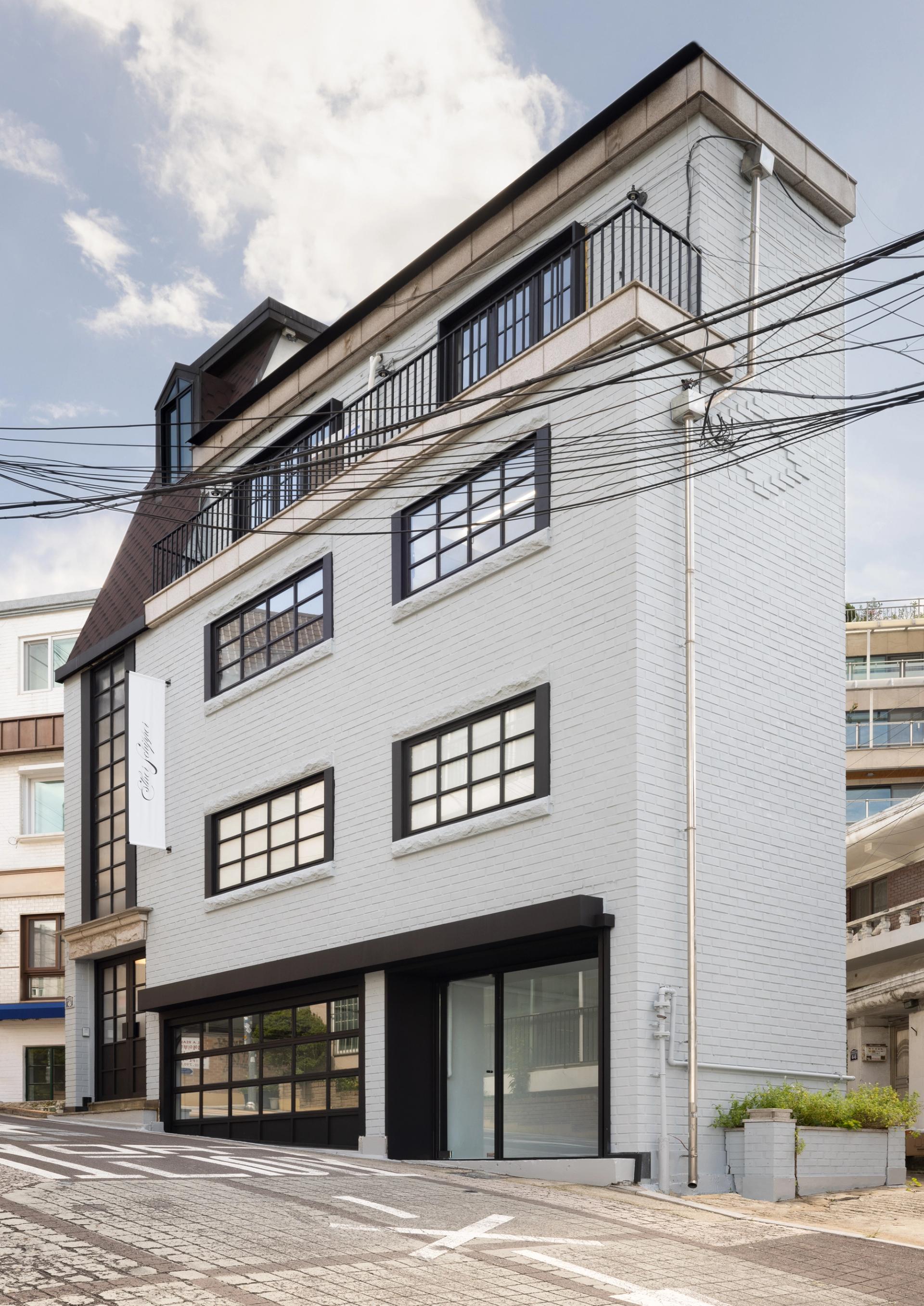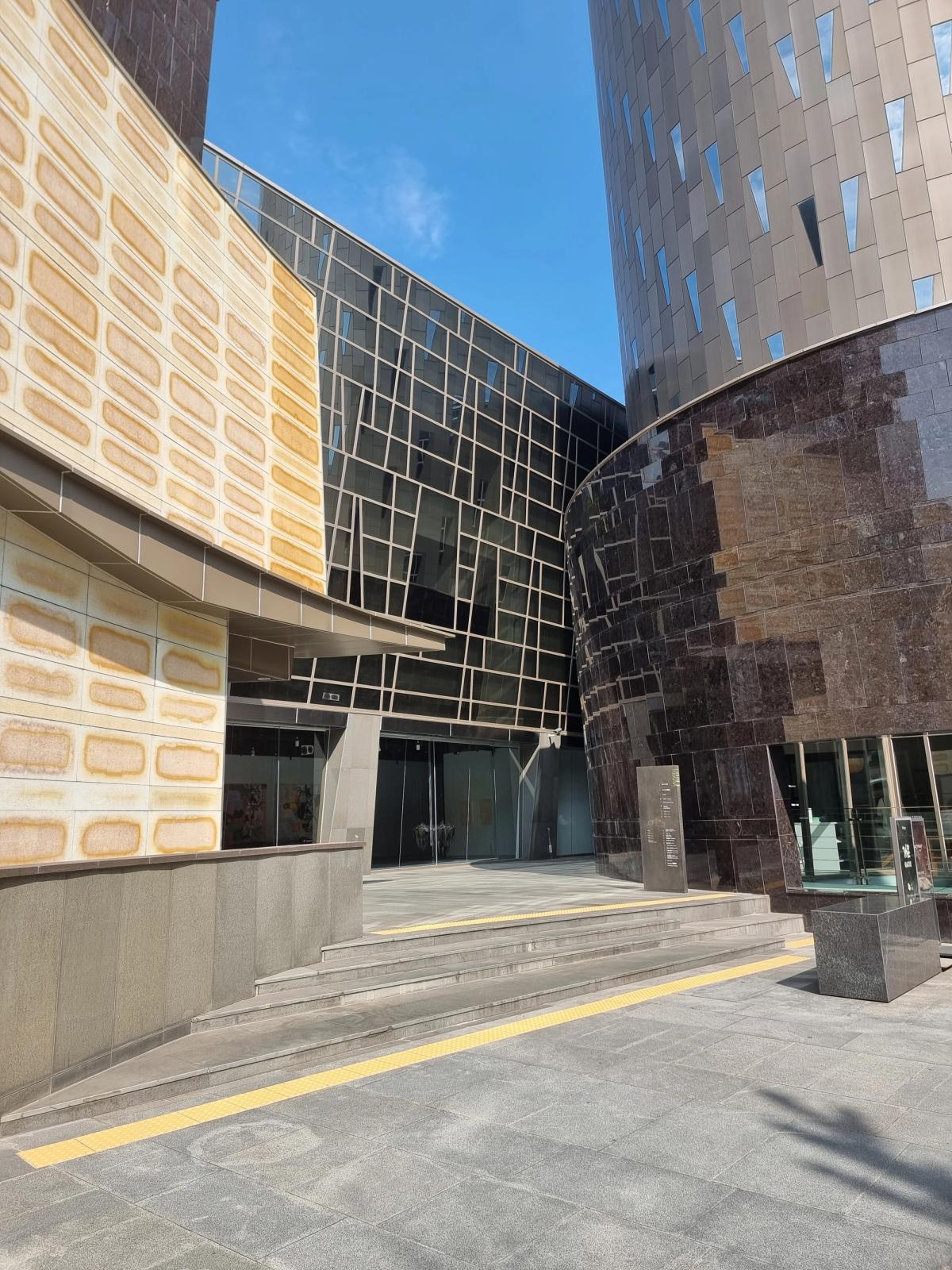White Cube is the latest Western gallery to launch in Seoul amid the city's continued art market boom. The global dealership, which has spaces in London, Paris, New York and Hong Kong, will open in the upscale riverside district of Gangnam-gu this autumn; the exact opening date has not yet been disclosed.
The ground-floor, street facing gallery will measure 300 sq m and be housed in the same building as the private art museum Horim Art Centre, which holds a collection of Korean Modern art and antiquities.
"The Korean art scene is characterised by deep connections with both the local and the global. This is perfectly displayed in our new White Cube location, which is in close proximity to the vibrant and busy Gangnam area, next to Dosan Park, and shares a building with the Horim Art Centre, whose collection of Korean objects and art I personally have admired for many years," says Jini Yang, the director of White Cube Seoul. Yang has served as the gallery's Korea representative since 2018, a title that she retains. Prior to joining White Cube, Yang served for nine years as the chief curator of Gallery Ihn, a now-closed Seoul commercial gallery that took part in Art Basel in Hong Kong.
White Cube currently has just one Korean artist on its roster, albeit a heavyweight: Park Seo Bo, one of the country's most famous and commercially successful artists, best known for minimalist abstract paintings associated with the Dansaekhwa movement of the 1960s. Earlier this year the Gwangju Biennale, Korea's most prestigious art exhibition, discontinued a $100,000 prize named after and funded by Park following complaints that the artist's aesthetic style and political stances were at odds with the spirit of the Gwangju Biennale.
White Cube has also previously shown two other Korean artists, Minjung Kim and Seung-taek Lee, according to a spokesperson for the gallery.
Since the inaugural Frieze Seoul, which took place in September 2022, a number of Western galleries have opened first or second locations in the city, including, most recently, Peres Projects.
Meanwhile, Thaddaeus Ropac announced today that it is doubling its footprint in Seoul by extending its current gallery in Hannam-dong. The enlarged space will open in time for Frieze Seoul 2023 (6-9 September), with separate exhibitions of Joseph Beuys drawings and three-dimensional works by Donald Judd.

Esther Schipper opened its Seoul gallery last year
Photo © Andrea Rossetti
But sustained interest in Seoul from international dealers belies a bleaker assessment of the South Korean economy, which contracted in the final quarter of 2022 by 0.4%, the first time it has dipped since 2020. The OECD expects South Korea’s economy to grow 1.6% in 2023, a significant drop from 2022, when it grew by 2.6%, and from its 4.1% recorded growth in 2021. Increasing private consumption continues to be a major driver of growth in South Korea, spurred in part by the Bank of Korea pausing interest rate increases in January.
Meanwhile, other leading Western dealers are also using the run up to Frieze Seoul to make inroads with Korean collectors, as well as using their platforms to strengthen the presence of Korean art overseas. This is the case at Esther Schipper gallery, which next month is staging a group show of eight Korean artists across its spaces in Berlin and Seoul, the latter of which opened last year in the Geyonglidan-street area.
"For me it is not a one-way street: yes, I want to bring the work of European artists to Seoul, but I also very much would like to contribute to an increased visibility of Korean artists in Western Europe and at European fairs," the gallery's founder Esther Schipper says. "The exhibition Dui Jip Ki will do just that: artists from across five generations will be exhibited in Seoul and in Berlin, some for the first time in Germany."
Schipper adds that she has been travelling and developing relationships in South Korea for ten years. According to a spokesperson for Schipper, the gallery maintains a team of around four consultants and hired directors specialising in the Korean art market.


